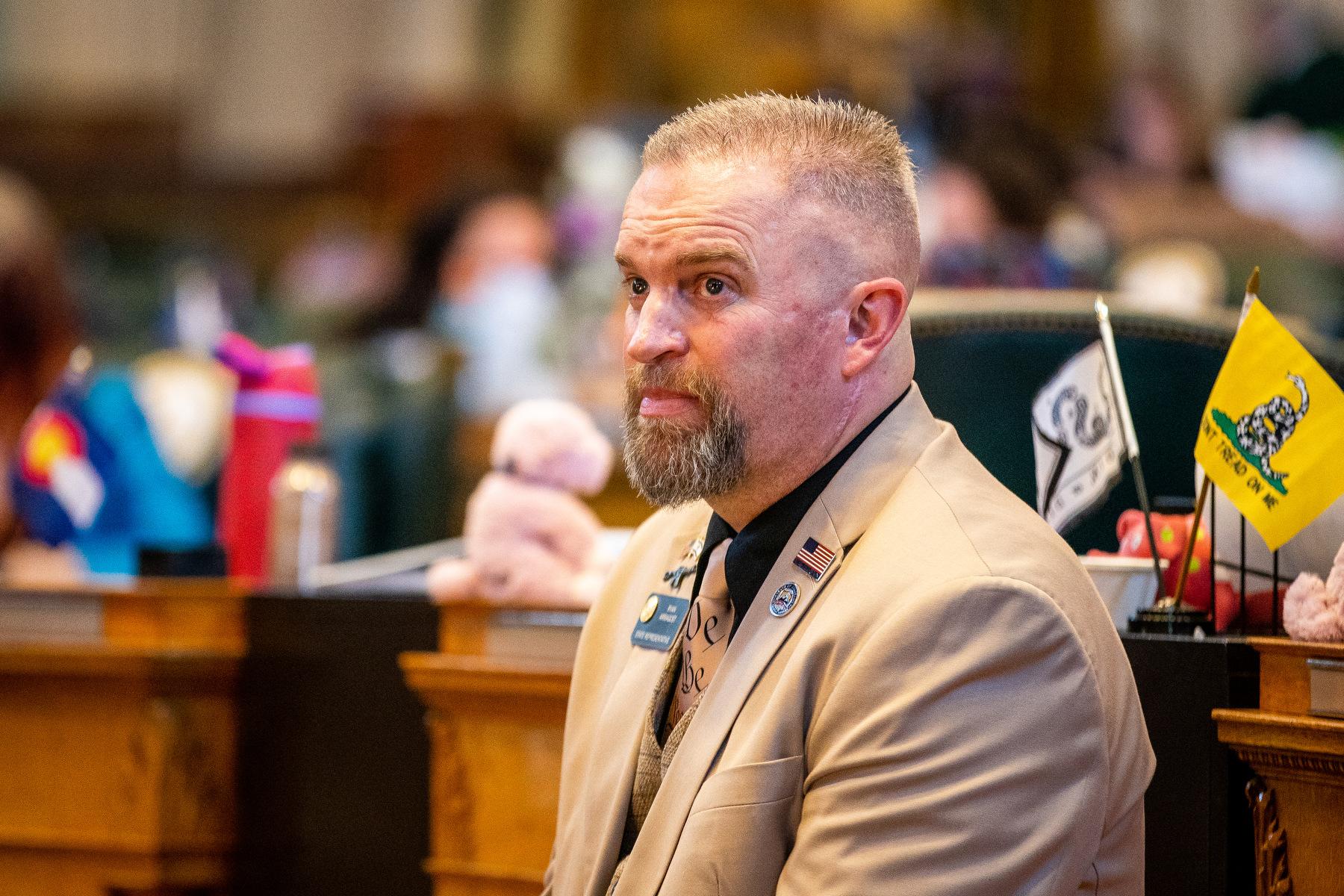
Will changes to the federal budget trickle down and affect Colorado's state government? If so, where?
Those questions are worth considering in light of the Trump administration's budget proposal that would boost military spending while cutting funding to many other parts of the federal government, though the White House told Democratic Gov. John Hickenlooper not to get "too agitated" about potential cuts.
It's still too early to know what the final form of the federal budget will be for the next fiscal year, which starts in October. Until Congress and the executive branch shake that out through the spring and summer, we thought it would be useful to at least get a sense of how much the state government relies on federal funding.
As it turns out, it's quite a bit.
Colorado's 2017-18 state budget will be more than $28 billion and federal funds make up more than $8 billion of that. That's according to the recently dropped Long Bill Narrative, a 200-page plus report from the Joint Budget Committee.

Before we go any further, you're probably wondering what those categories mean (looking at you, "reappropriated"). Here's how the Colorado Fiscal Institute describes them:
General: Funds the state receives from general tax revenues, like sales and income taxes.
Cash: Funds from fees, fines and specific taxes. Think vehicle registration and fishing license fees.
Reappropriated: This describes any money given to one department that is then transferred to another department as payment for services. "Essentially these are double counted funds," CFI notes in its report.
Federal: Money that's received from the federal government. It often must be used for specific programs.
Break Down By Department
At the agency level, most federal funding goes to the Department of Health Care Policy and Financing.

About $4.5 billion of that goes to Colorado's Medicaid program, Health First Colorado, which provides health care to some 1.4 million low-income Coloradans. If federal Medicaid dollars were to be cut, Lt. Gov. Donna Lynne said in March that it would be "almost impossible" for the state to make up the difference from its own coffers. "We don't have an appetite for increasing taxes, quite frankly," she said.
The remaining $1 billion in the agency's federal money goes mostly to behavioral health community programs, the office of community living and the indigent care program.
At the Colorado Department of Transportation, most federal funds (no surprise here) go to road planning, construction and maintenance.
Of the roughly $650 million of federal money that flows to the state Department of Education, $460 million goes to "a variety of education-related grant programs and programs that distribute funds to public schools" according to the long bill narrative. Another sizable chunk, $166 million, goes to "categorical programs" that serve particular groups of students like English language learners.
The Department of Human Services gets $230 million of federal money that goes to programs like food stamps and heat assistance, $100 million to the division of child welfare, and $85 million to the office of early childhood.
The biggest buckets of federal money at Colorado Department of Public Health and Environment go to prevention services ($147 million) and disease control ($81 million).
The Department of Military and Veterans Affairs supports the Colorado National Guard, Civil Air Patrol and Veterans Affairs. The bulk of the department's federal money ($205 million) funds National Guard training.
For more details about other departments, check out the long bill narrative.
OK, But What About Those Other Funding Sources?
Yes, yes. Good point. Some departments are more reliant on the feds than others. The chart below shows where each department gets its funding. The bars show percentages.
Your Questions
Do you have questions about the flow of federal dollars into Colorado? Please email us at [email protected], leave your question in the comments below or tweet us @newscpr.









